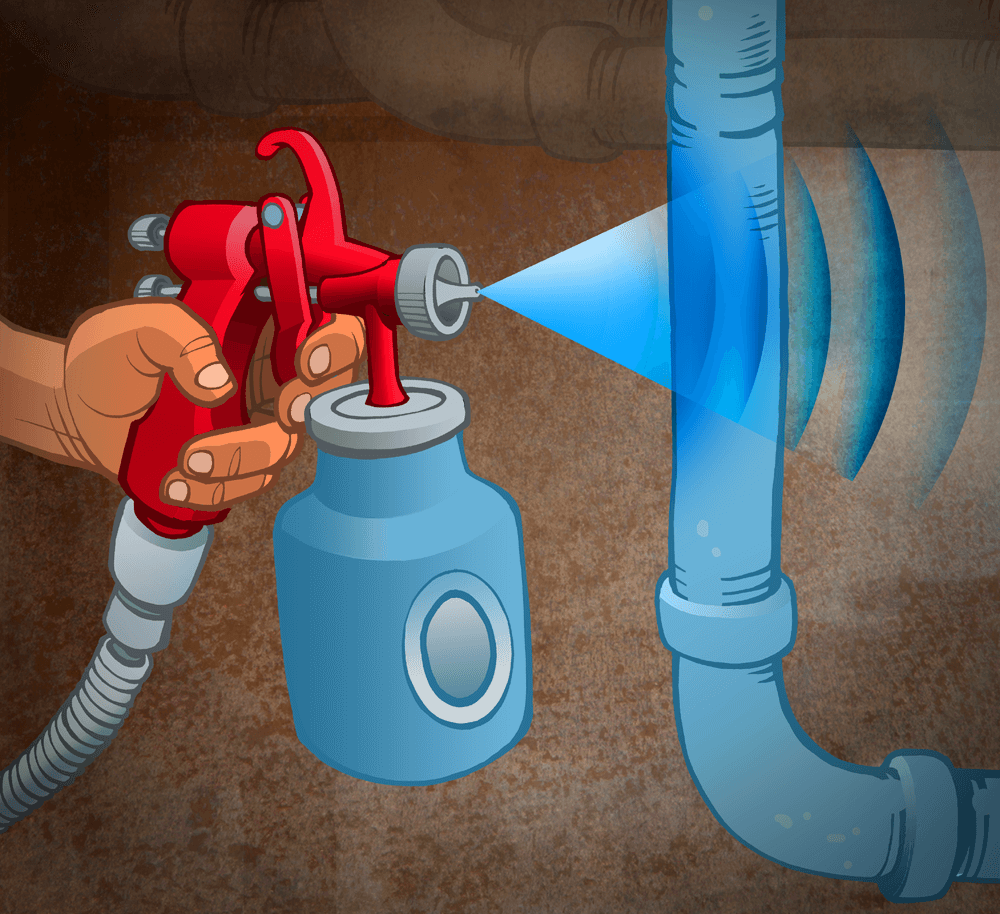The Spray-On Sensor

‘Sol-Gel’ Technology Could Offer Lower Cost, More Rugged Solution for Component Monitoring
Soon, it may be possible to spray or paint an ultrasonic sensor on power plant components for tracking their degradation and structural health. An EPRI study reports that the “sol-gel” coating is ready for initial field testing.
Traditionally, workers scan plant components periodically with handheld ultrasonic sensors. This approach is costly, and comparing inspection results can be hampered by discrepancies in the sensor’s position or orientation.
With sol-gel technology, a chemical slurry is applied and sintered onto a component, forming a film on its surface. An electric field is applied to align the dipoles in the film—a process similar to magnetizing a material. Electrodes in the film connect to a data acquisition system. When voltages are subsequently applied to the film, the dipoles elongate or contract, changing the film’s shape and sending sound waves into the component. Sound waves reflected by the component’s internal structures reshape the dipoles and film, resulting in a voltage across the sensor electrodes. The data acquisition system measures these voltages to construct an image of the component’s interior. Unlike conventional sensors, sol-gel sensors can endure high temperatures (above 200°C) and radiation, be fabricated directly on a component, and conform to a component’s geometry.
EPRI developed and lab-tested several sensor prototypes and found that there appear to be no “showstoppers” for field deployment. Researchers advanced the technology in several ways. When earlier prototypes caused corrosion of carbon steel, EPRI worked with Penn State University to identify a binder to mitigate that. The team investigated ways to improve the sensor’s signal strength, such as optimizing sol-gel constituent proportions and stacking sensors. The technology can be customized for specific applications such as higher temperature environments. It is potentially applicable in any type of power plant, including nuclear, coal, natural gas, and wind.
Researchers report that more research is needed on the sensors’ long-term performance at high temperatures as well as on “repoling.”
Artwork by Kirk Anderson

